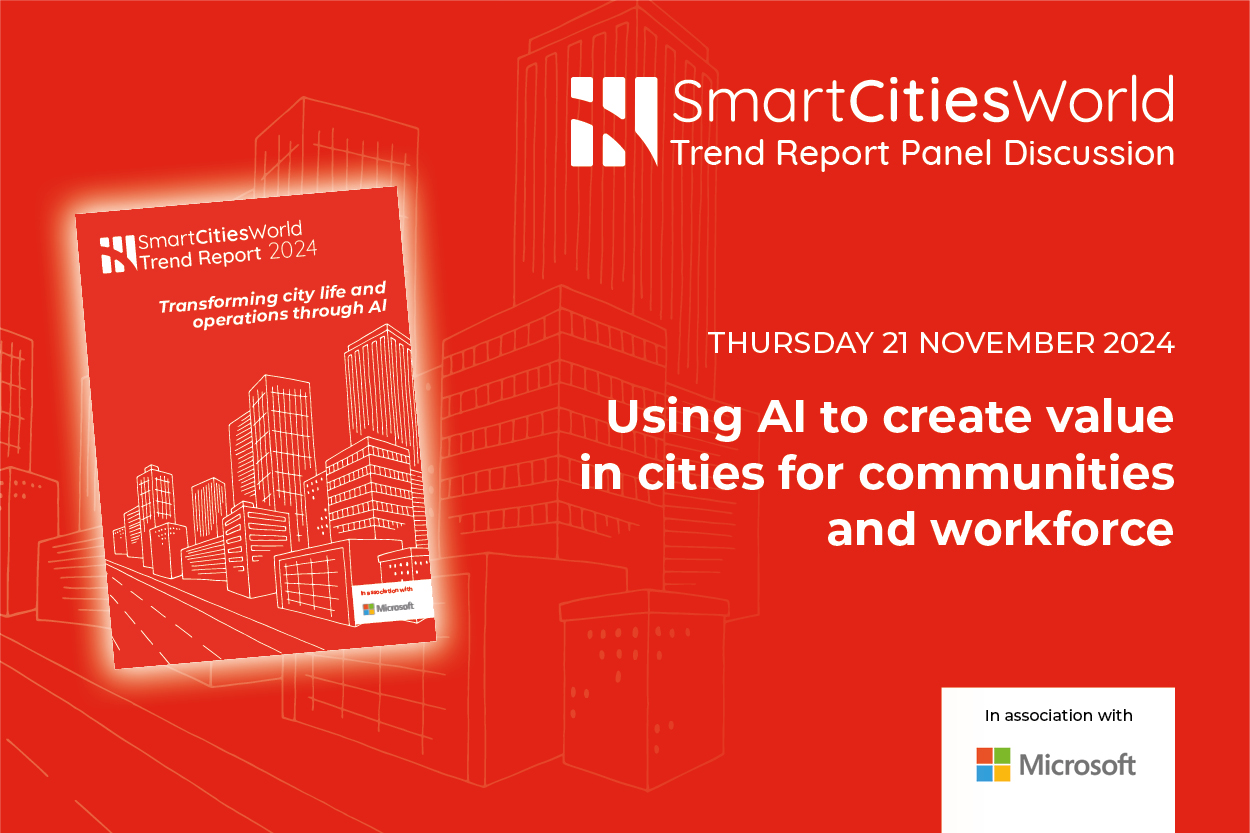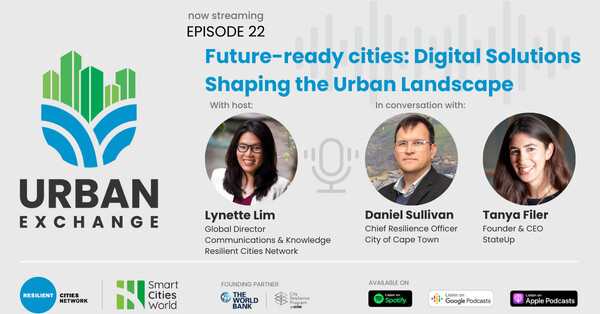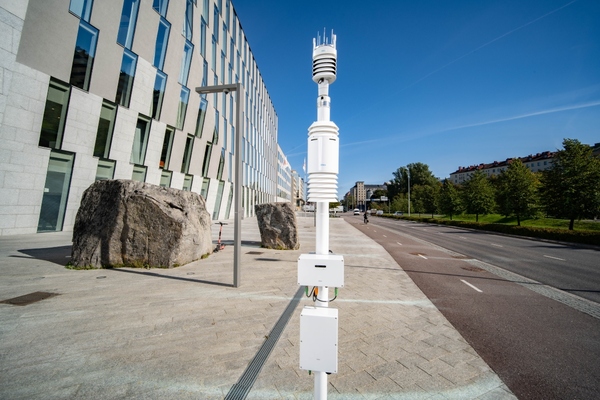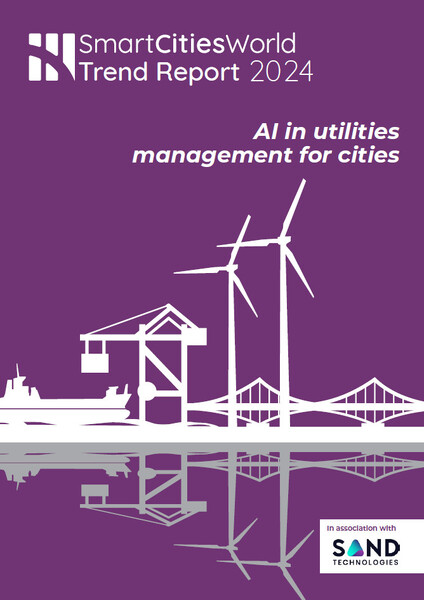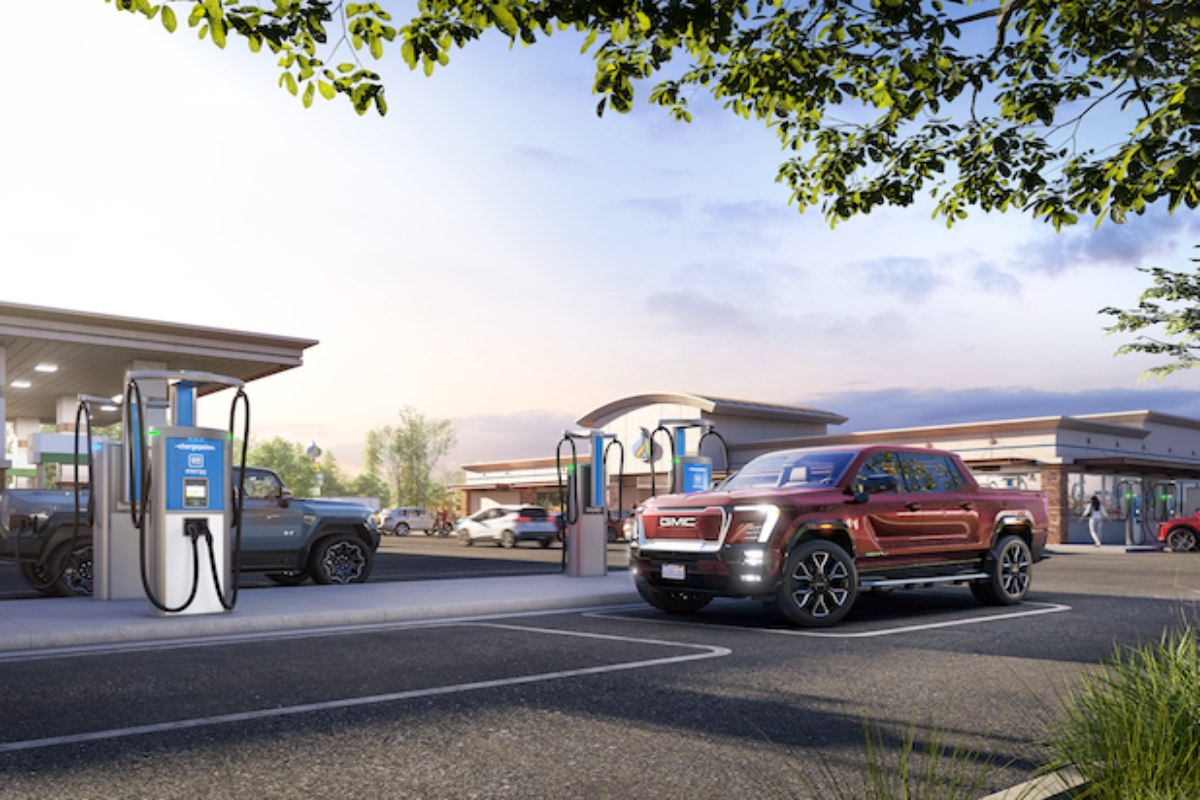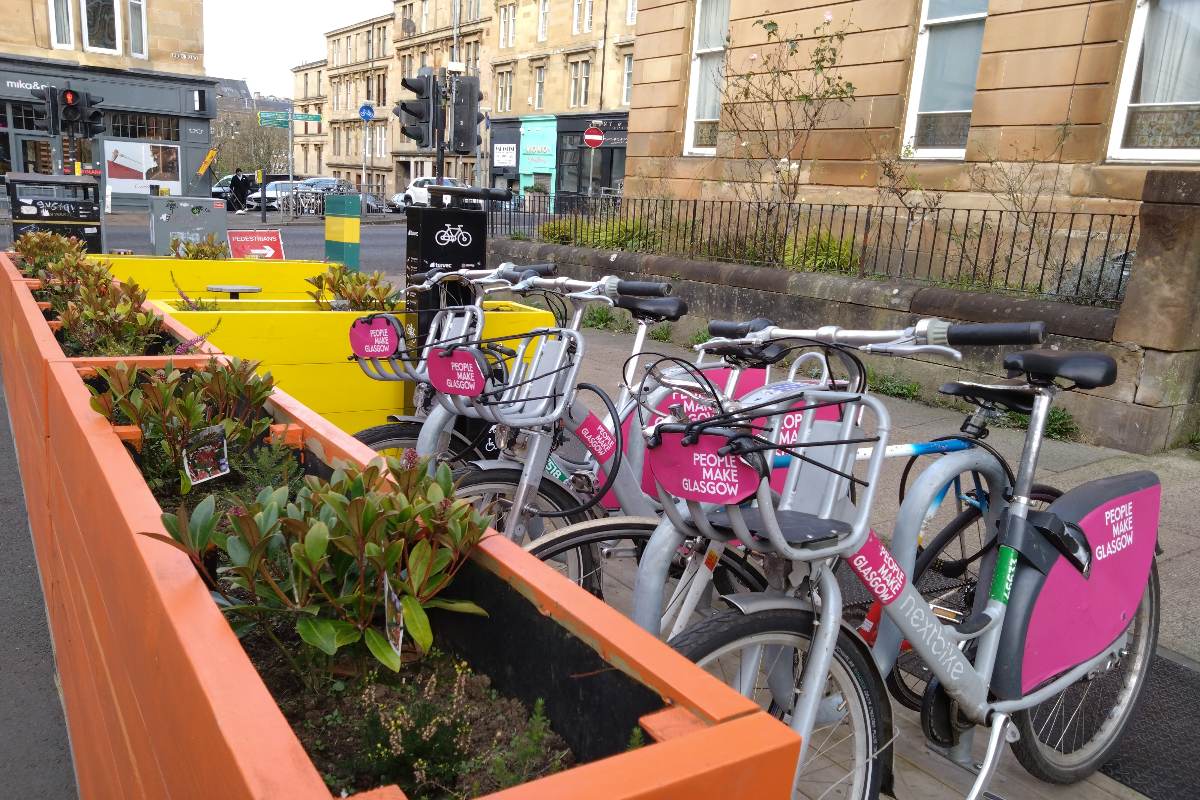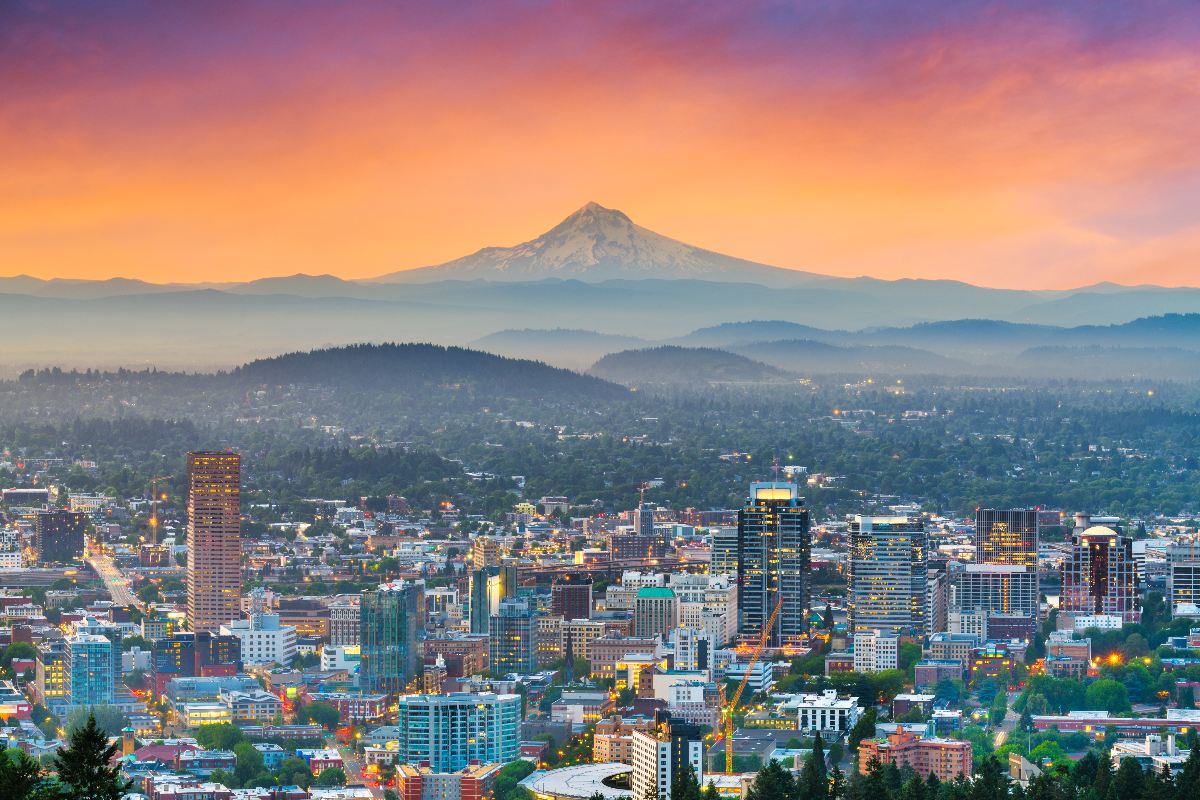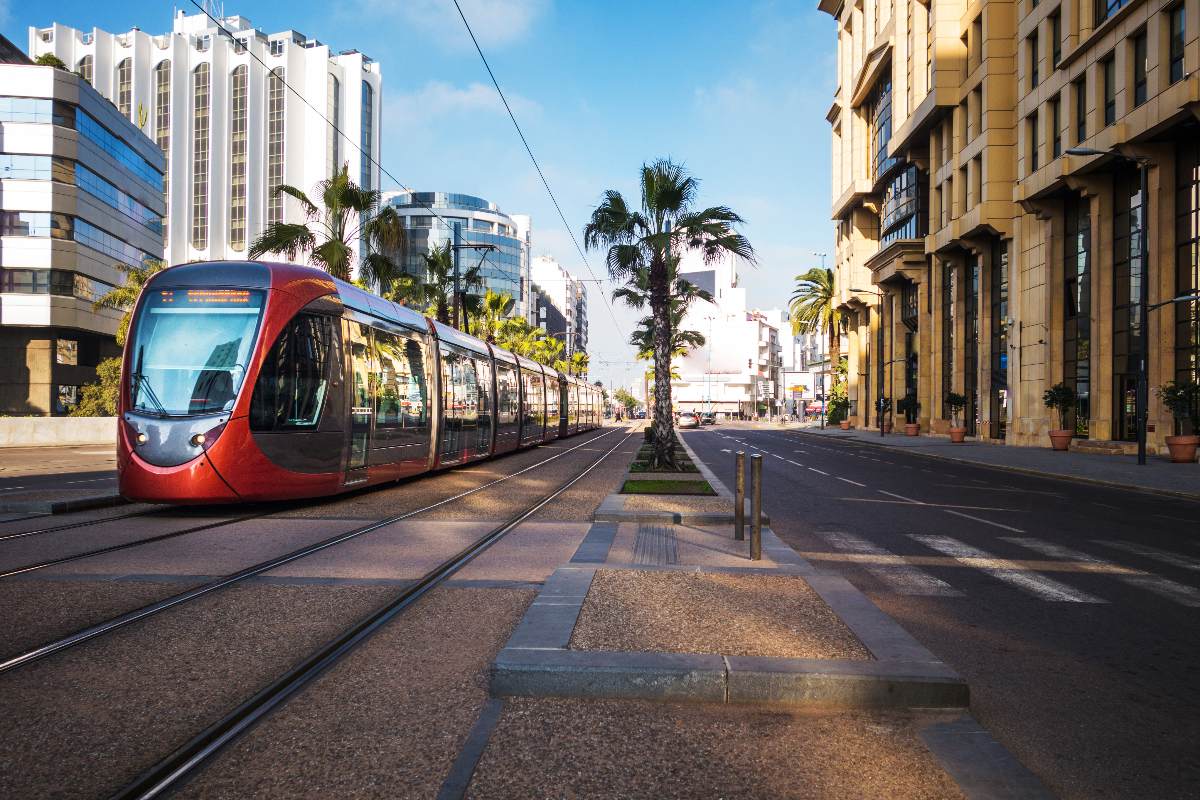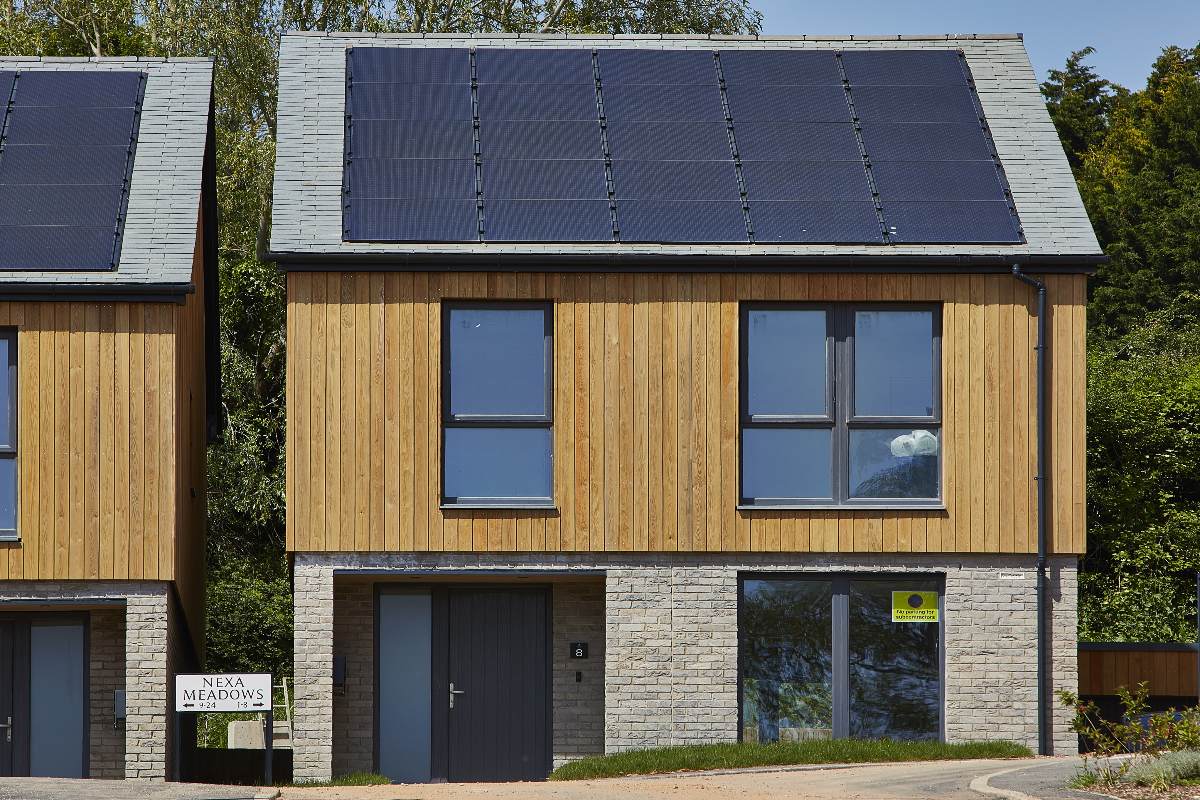Special Reports
SusHi Tech Tokyo 2024: experience ‘Tokyo 2050’ todaySponsored by The SusHi Tech Tokyo 2024 Showcase Program Executive Committee
How air quality and weather data help cities boost resilience
Cities around the world are trying to improve air quality, which in turn can help to mitigate the impacts of climate change. Sue Weekes explains the vital role played by compact air quality sensors and how using them in tandem with weather stations and other smart city devices can maximise their value.
Resilience, climate adaptation and sustainability are topics that have edged themselves to the very top of the agenda for cities around world and increasingly resonate with every city department. Central to the discussion is, of course, the fight against climate change but such topics are also key to addressing a number of other critical challenges cities are facing, such as poor air quality, pollution, congestion and reliance on fossil fuels. And these will only worsen if not tackled head-on today.
According to the United Nations (UN), by 2050 two out of every three people will live in urban areas and the combination of demographic shifts and population growth could add around 2.5 billion people to the world’s overall population. The UN also projects that by 2030, the world could have 43 megacities of more than 10 million inhabitants, most of them in developing countries.
This all adds up to a huge amount of pressure on cities’ resources and services, compounding existing problems and no doubt creating new ones, which will have a detrimental effect on the quality of life of citizens as well as the environment and planet.
The emergence of compact air quality sensors more than 10 years ago has provided cities with a lower cost complementary tool to measure hyperlocal air quality
Indeed, there are few more basic human rights than being able to breathe clean air but, according to the World Health Organisation (WHO), almost the entire global population (99 per cent) breathes air that exceeds its air quality limits and the problem is worse in low- and middle-income countries.
Exposure to air pollution is estimated to cause seven million premature deaths every year. WHO issued even more stringent Air Quality Guidelines (AQGs) in September 2021, recommending air quality levels for six pollutants including particulate matter, ozone, nitrogen dioxide and carbon monoxide. The AQGs are designed as a tool for policymakers to guide legislation to reduce the levels of such pollutants.
Its negative impact on health is reason enough to take steps to improve air quality but measures in this area also cut across other strategies and projects that fall under the resilience and sustainability banner such as smarter mobility, cleaner energy and greener buildings. Indeed, as we will explore in this Special Report, to improve air quality is also to mitigate climate change, build resilience and ultimately help to futureproof cities. This relies on cities not just measuring air quality in isolation but understanding what influences it, how, why and when it changes and, crucially, the part weather plays in it. And this all begins with data collection.
Air quality sensors, data collection and urban integration
Historically, air quality has been measured with air quality monitoring stations which use refined analyser technologies and calibration methodologies. This means they are extremely accurate but also expensive. Moreover, their size and cost means they tend to be installed in small numbers in limited locations rather than as networks.
The emergence of compact air quality sensors more than 10 years ago has provided cities with a lower cost complementary tool to measure hyperlocal air quality. They have emerged after two key sensing technologies reached maturity for field use: amperometric electrochemical sensors for detecting gaseous pollutants in parts per billion (ppb) levels, and compact optical particle counters for detecting particles in the micron/submicron size range.
Initially, there was a trade-off in their more limited measurement performance, especially in extreme conditions, but researchers and manufacturers worldwide have worked hard to improve their performance. Today, the sensors are sensitive enough to detect the pollutants even in clean ambient air, which can give users confidence in their ability to determine transitions from clean air to moderately to heavily polluted conditions.
It is their ability to be deployed in dense, wide-area networks that complement traditional air quality reference networks that makes them eminently suitable to be deployed in urban environments. Importantly, when weather stations are added to such networks to provide information on meteorological conditions – like wind speed and direction and precipitation – it provides a far fuller picture of the quality and movements of urban air.
“People are starting to understand the concept and value of a smart pole as the digital backbone of the smart city and which creates new data-driven services for cities”
For example, Vaisala’s air quality sensors and weather stations are deployed around the world and the data collected by them is playing a vital role in many smart city projects. Typical use cases include traffic management, street dust monitoring, pollution hotspot detection, near source monitoring (such as on urban industrial estates or even around a school at specific times like drop-off and pick-up), community monitoring as well as health and wellbeing programmes.
Data from such networks becomes even more powerful though when integrated and cross-referenced with that from other sources, such as from traffic departments, private and public transit providers and healthcare organisations.
There remain challenges though to establishing such networks, such as connectivity and interoperability. The sensors need both power and connectivity for data transfer so we are increasingly seeing them deployed on smart city infrastructure as well as mobile phone network stations (both 4G and 5G).
A consortium led by Nokia with partners that include Vaisala, Destia, Premix, Indagon, Rumble Tools, Orbis, Tehomet, Teleste, Spinverse, Tampere and Aalto Universities and the Technical Research Centre of Finland) goes a step further and shows how smart poles can be used as the underlying infrastructure for such networks and the host of a range of other devices and technologies. Moreover, the LuxTurrim5G ecosystem project set out to create a pilot environment to demonstrate the development of data-driven services for cities in Finland and abroad.
Covering an area from the Nokia headquarters campus in Espoo to the nearby Kera railway station, it comprised 19 smart poles with 5G base stations for connectivity and 250 interconnected devices to create an extensive sensor network. The smart pole is also equipped air quality and weather sensors from Vaisala and others, video cameras, radar devices, (including lidar), information screens, plus an electric vehicle charging point, and a drone charging and landing station at the top of the pole.
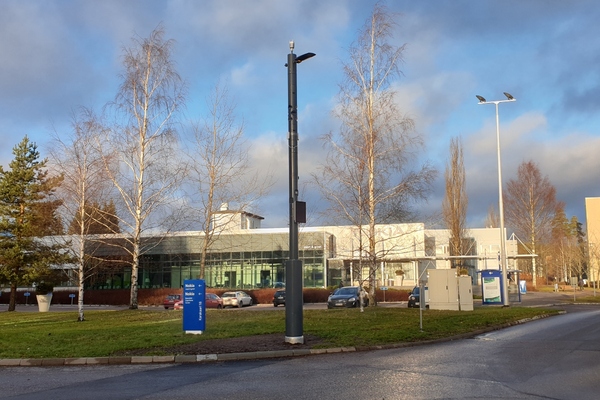
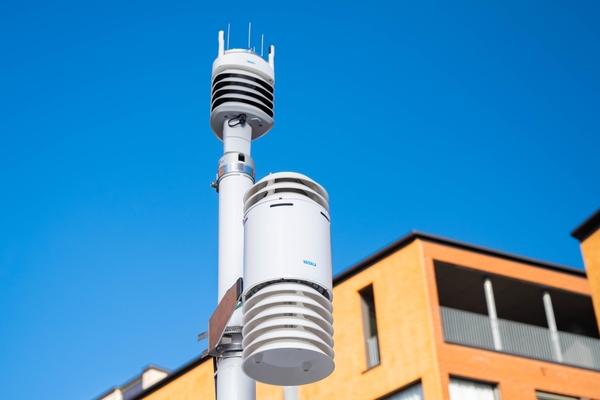
“It creates a digital backbone for the smart city. People are starting to understand the concept and value of a smart pole,” explains Juha Salmelin, ecosystem leader. “The in-built 5G base stations takes care of connectivity. We can put sensors on every smart pole 50m apart, combine the data, and create new data-driven services for cities to monitor the environment but also feed into areas such as traffic management.”
It will be the ability to take this integrated approach to monitoring air quality that makes it such a high-value measure for cities to build into their resilience and sustainability strategies. For example, if used for near source monitoring, air quality sensors could be located near a school and combined with traffic data to assess the impact on pollution at pick-up and drop-off times. This information, in turn, could feed into active travel and low emission zone strategies that improve health and wellbeing and also reduce a city’s carbon footprint.
Salmelin explains that the technology is there to achieve optimal use of environmental monitoring data but sometimes the departmental and data silos that exist prevent the data collected being used to maximum effect. “It comes down to who owns the data and how it will be shared through data marketplaces and ecosystems to exploit the true value of air quality information as well as other city data.”
The LuxTurrim5G project continues to serve as a living lab in Finland and more information can be found at www.luxturrim5g.com
Weather forecasting and maximising resource potential
The potential value of combining air quality and weather data is yet to be fully realised by many cities. Weather always affects air quality so air quality measurements are much more valuable when accompanied by real-time data about wind speed and direction, temperature, humidity and other factors that directly affect pollution and how it travels in the air.
As well as its influence on pollution dispersion, weather data also helps to inform network locations and when to create alerts or make interventions during times of heavy pollution. For example, rain can cause pollutants from the atmosphere to be washed downward and can reduce street and road dust emissions. Meanwhile, temperature can impact the behaviour of air and pollution gases and particulates. All of this data can be used to better inform decision-making across a number of city departments.
The City of Espoo, Finland’s second largest city after Helsinki, established the Sustainable Espoo Programme which has a number of goals, including:
- to be a pioneer in implementing the UN Sustainable Development Goals (SDGs)
- to achieve carbon neutrality by 2030
- to give community and residents opportunities to act sustainably
- to be a model city of sustainable urban development
- to be the best development partner for sustainable and smart urban solutions.
Its proactiveness and willingness to work with technology providers has meant that it is fast becoming a smart city testbed. One of its ongoing projects is the implementation of a district heating system. It is working with power generator Fortum on the carbon-neutral district, which aims to replace fossil fuel with more flexible solutions such as renewable electricity, excess heat utilisation, heat pumps, electric boilers and bioenergy.
District heating and cooling in buildings is weather-dependent and even minor changes in conditions can cause a spike in demand. This can pose challenges for energy providers to respond so local weather information is key to optimisation of the system. It is especially important in a city such as Espoo which has areas by the sea as well as forests (the temperature inland can be several degrees colder than on the coast). The more urban areas of the city with built infrastructure such as buildings, bridges and asphalt streets will also differ from less built-up areas.
“It is possible to create hyperlocal weather forecast that gets more and more accurate by comparing the forecast to actual weather conditions with machine learning continually improving the model”
Rather than rely on simply the general weather information, Fortum wanted to obtain hyperlocal weather data with the highest accuracy so, as part of the project, six Vaisala AWS310 weather stations were installed around the city in carefully chosen locations, designed to provide insight for optimising the temperature of the heated water running in the district heating system.
The data revealed seven different microclimates with distinctive weather conditions in a relatively small area, which would obviously affect demand for heating energy. The weather stations sent data to the Vaisala forecasting engine, which uses advanced machine learning to produce precise weather forecasts.
“This enables optimisation of the heating supply in advance and avoids overspending on heating the water running in the system,” explains Hannamari Jaakkola, head of urban and industrial systems at Vaisala, who adds: “It is also possible to create hyperlocal weather forecast that keeps on getting more and more accurate by comparing the forecast to actual weather conditions with machine learning continually improving the model.”
Fortum will continue to use the data to improve the heating network and reduce the use of fossil fuels.
The importance of the weather data also needs to be seen in the bigger picture. The more optimised and efficient the district heating system, the more able Espoo will be to reduce its reliance on fossil fuels and in turn build its resilience and sustainability and mitigate the impact of climate change.
Cities on the frontline of climate action
Cities are major emitters of carbon and, as such, are at the forefront of climate change. As Jaakkola states, while they are part of the problem “they are also part of the cure”. The City of Espoo and the project demonstrate that with the right smart city infrastructure and ecosystems of people, organisations and technologies in place, cities can ensure they are positioned on the frontline of the battle against climate change.
Such case studies show the number of wins that are possible for a city across key areas including mobility, the environment, urban space, energy and health and wellbeing. These add up to major quality of life improvements for citizens but also major pillars on which to build more resilient and sustainable cities that are fit for the future.
To find out more about improving air quality in your city, go to Vaisala.

